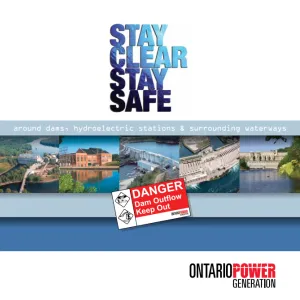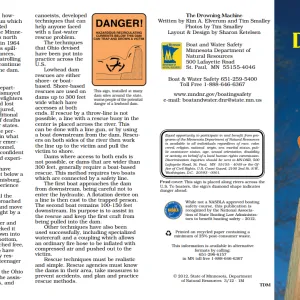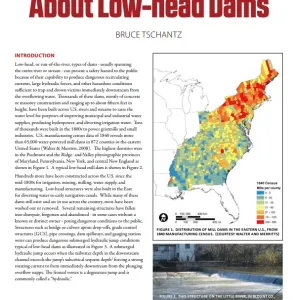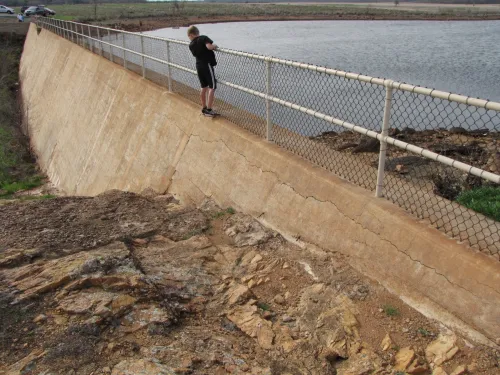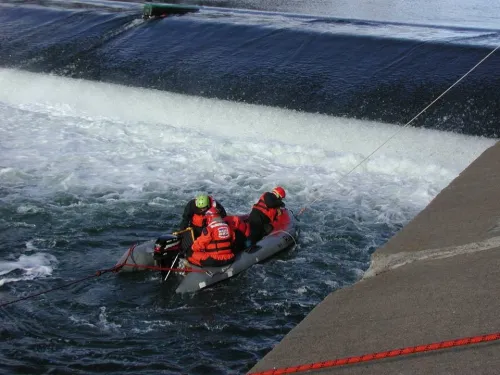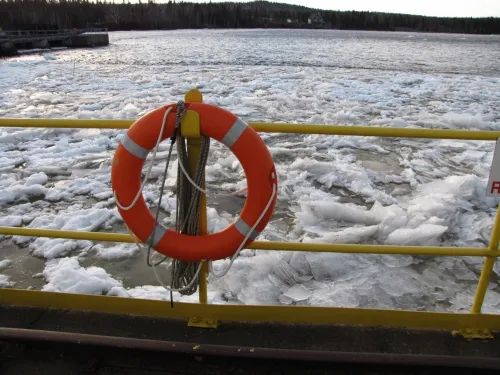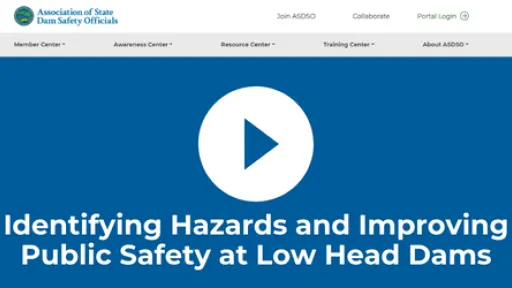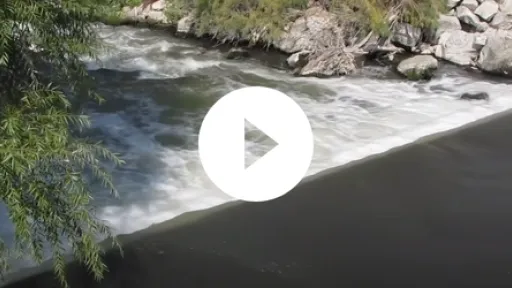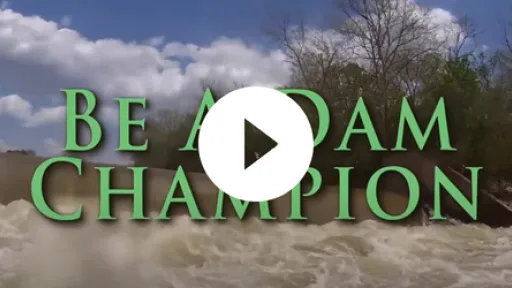Dam owners, engineers and regulators need to address public safety at dams.
Dams are becoming public destinations for a wide range of recreation activities including canoeing, kayaking, fishing, wading, jet skiing, swimming, etc. Many of these activities make use of dam features for extreme sports and other unauthorized and unsafe actions, resulting in accidents and fatalities. Not all accidents and fatalities are from public use of dam sites. Many accidents and fatalities are due to first responders succumbing to the hazard(s) while attempting to rescue victims, or by maintenance staff and others working around dams.
A troubling statistic uncovered by the late Dr. Tschantz, professor emeritus of the University of Tennessee, is that during the past 40 years there have been many times more fatalities from accidents at dams than there have been deaths resulting from dam failures; more than 400+ reported fatalities at dams versus 40 deaths from dam failures [Tschantz, 2015; updated to 2018]. This same trend has been observed in other countries. Over the entire history of Canada, many more people have died in accidents around dam sites than from structural failure of dams [CDA, 2011]. Of significant concern are the growing populations near these structures and the increasing online postings of extreme sports activities by youth in and around restricted dam sites at water control structures.
During the past 36 years there have been nine times more fatalities at dams than from dam failures; 347 reported drownings at dams versus 40 deaths from dam failures (Tschantz, 2016)
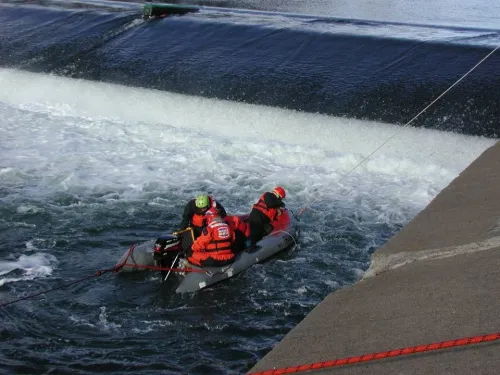
While accidents at dams are reported regularly in the local and national media, little statistical data is available to assess the full national extent of the problem. The state of Iowa reports at least 170 dam related fatalities in that state alone [Iowa White Water]. Minnesota’s Boat and Water Safety Section of the Department of Natural Resources reports 52 deaths and 50 injured or rescued people at dams in that state between 1974 and 2002 [Elverum, 2003]. At South Island Dam, also known as Wilmington Dam, located in the City of Wilmington, Indiana, there have been 46 documented incidents resulting in 23 fatalities. In Illinois, the Fox River has a notoriously dangerous segment of 15 dams in a 115-mile reach. At the Yorkville Dam, at least 12 people are reported to have drowned since it was rebuilt in 1960. Drayton Dam on the Red River in Minnesota claimed 12 lives between 1965 and 1995, and the Dock Street Dam in Harrisburg Pennsylvania has claimed more than 30 lives since 1935.
A study by Tschantz from a database of accidents he has collected from 1960s through 2015 reveals at least 282 incidents at dams in 39 states. As a result of these incidents, there have been at least 100 injuries and over 350 drowning deaths. These figures only include accidents obtained by Dr. Tschantz from documented news articles and local officials primarily at low-head dams, the focus of his research. The actual number of accidents are unknown and are believed to be much higher, but collective statistical data is lacking. Dr. Tschantz’s research and ongoing research shows a disturbing trend that the number of documented accidents at dams in the U.S. is increasing rapidly. These statistics demonstrate the need for dam owners and the dam safety community to focus attention on identifying and correcting the hazards created by the dams.
“In 1980, Ohio DNR Officials were surprised to learn that in two years nine firefighters and police officers in that state lost their lives in fast-water-rescue attempts” (K. Elverum, 2003).
Although the most significant hazard and cause of fatalities is the transient submerged hydraulic jump or hydraulic roller that is often attributed to flow over low-head run-of-the-river dams, there are many other hazards that exist at dams that have contributed to accidents and fatalities. Dozens of fatalities, resulting from other hazardous conditions produced by and around dams include: strainers, sudden releases with rapidly increasing flow conditions, confined spaces, unpredictable currents, submerged structures, hidden dam crests, watercraft over spillways, entrapment, stranding, and steep slopes and slippery surfaces [Schweiger 2017, 2011].
Dam owners, engineers inspecting and designing dam modifications, regulators and others working around dams need to understand the hazards posed to the public by the presence and operations of dams and levees and be aware of their responsibility for addressing, managing, and when possible eliminating these public safety risks. When possible, the hazard should be completely mitigated by modifying a dam to remove the hazard.
When not possible, mitigation measures can include restrictions to entry (fencing) and signage. Public safety education particularly with young people is another strategy to prevent deaths or injuries at these dams.
References:
(2) Iowa Whitewater Coalition. (2018). 171 Dam Related Fatalities. Iowa Whitewater Coalition.
This lesson learned was peer-reviewed by Mark Baker, P.E., DamCrest Consulting.
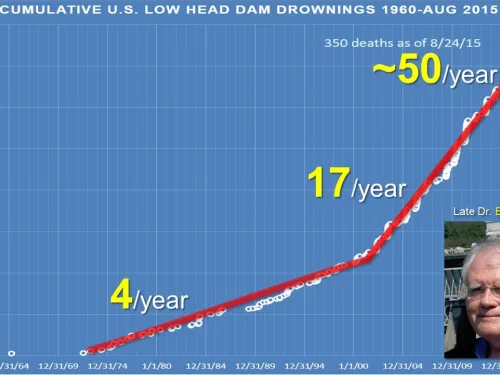
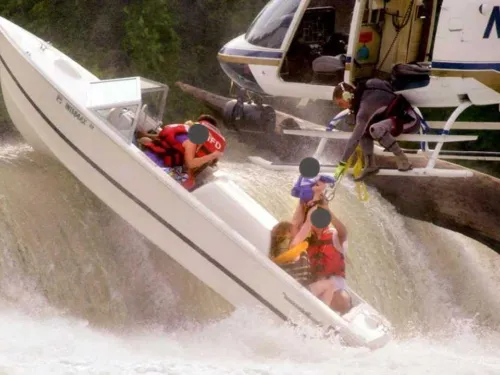
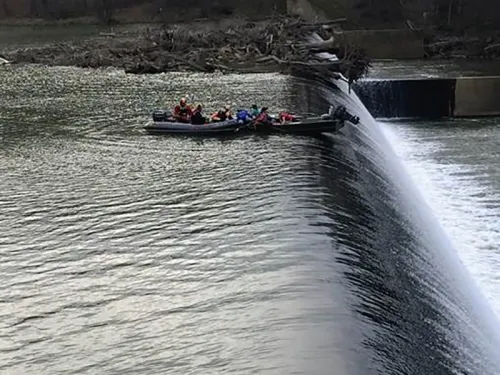
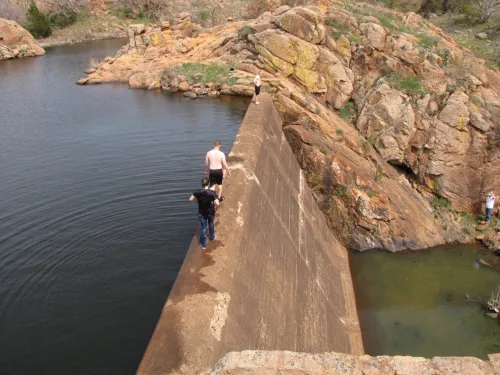
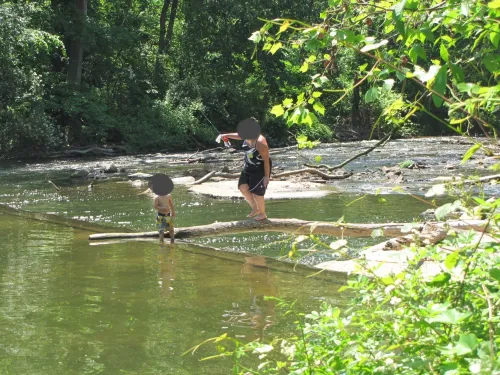

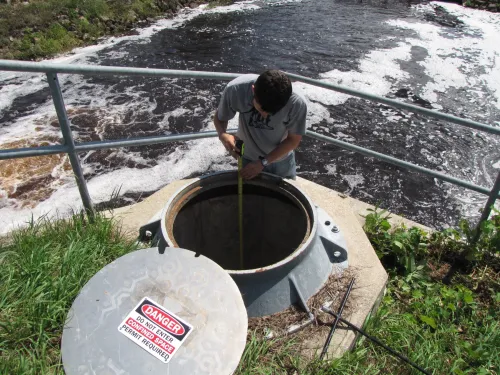
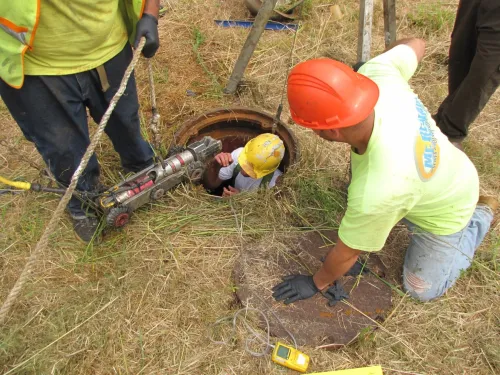
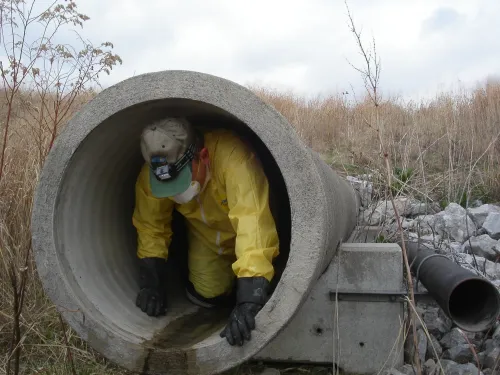
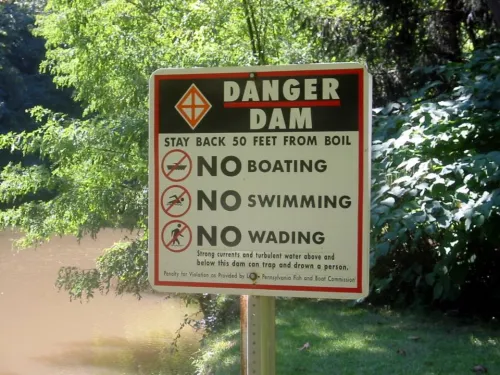
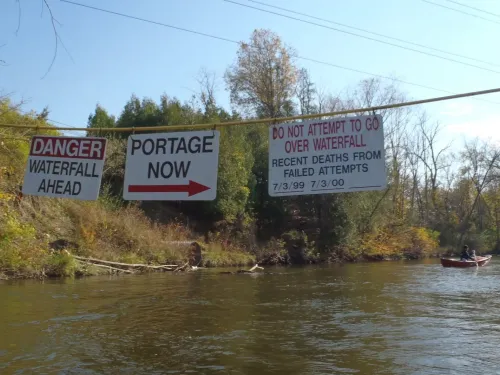
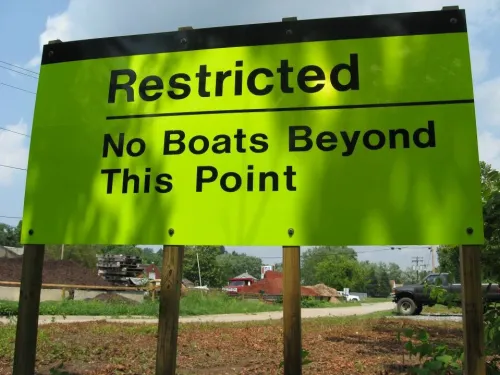
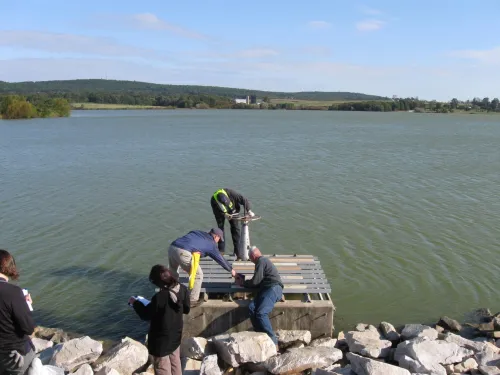
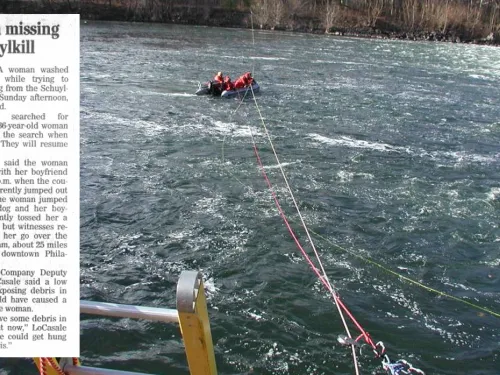

Cleveland Dam (British Columbia, 2020)
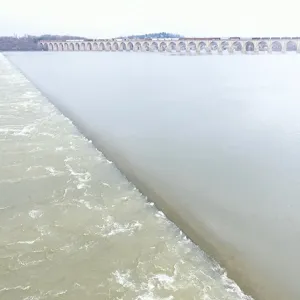
Dock Street Dam (Pennsylvania)
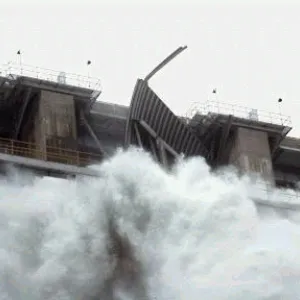
Folsom Dam (California, 1995)
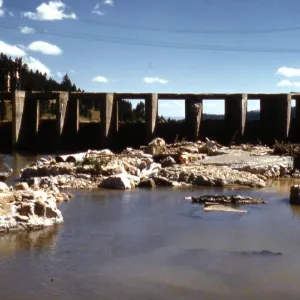
Hebgen Dam (Montana, 1959)
Additional Case Studies (Not Yet Developed)
- Wilmington Dam (Illinois)
- Island Farm Weir (New Jersey)
- South Island Park Dam (Illinois)
- Midtown Dam (North Dakota)

Dam Sector Security Guidelines
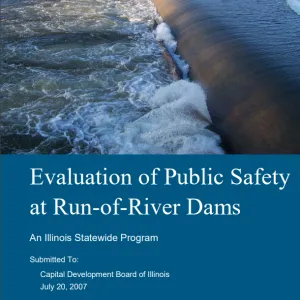
Evaluation of Public Safety at Run-of-River Dams
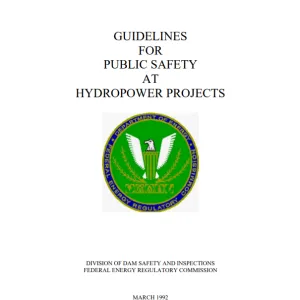
Guidelines for Public Safety at Hydropower Projects


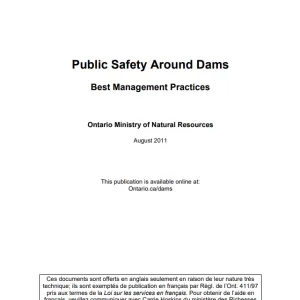
Public Safety Around Dams: Best Management Practices

Safety Signage at Hydropower Projects
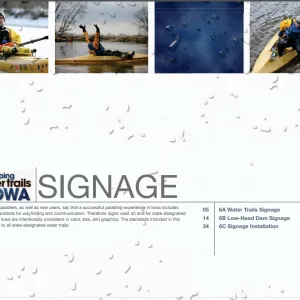
Signage

Stream Access and Recreational Channels

A Heightened Focus on Public Safety at Dams Does Not Happen By Accident
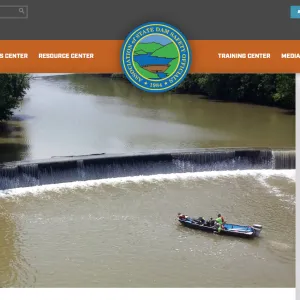
ASDSO Public Safety Website
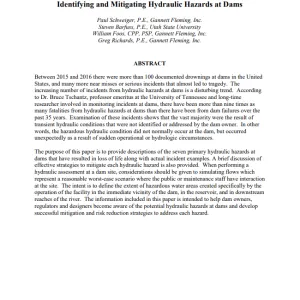
Don't Go with the Flow! Identifying and Mitigating Hydraulic Hazards at Dams

Emergency Rescues at Low Head Dams
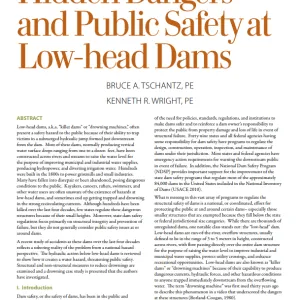
Hidden Dangers and Public Safety at Low-Head Dams
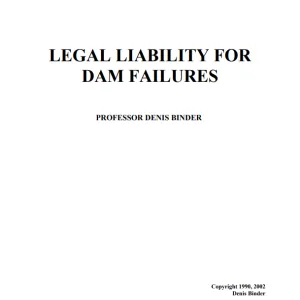
Legal Liability for Dam Failures

Liability and Responsibility of Dam Owners
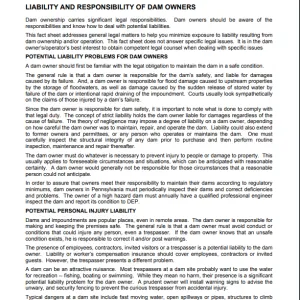
Liability and Responsibility of Dam Owners
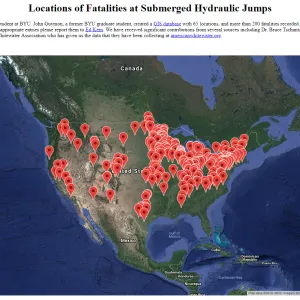
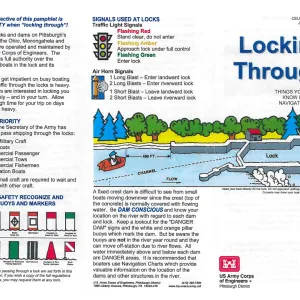
Locking Through

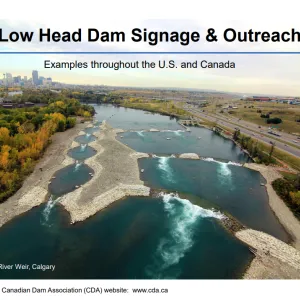
Low Head Dam Signage & Outreach

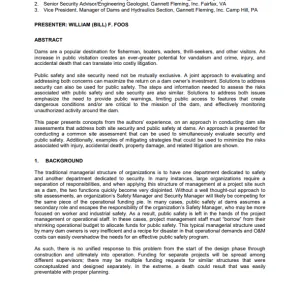
Public Safety and Security of Dams are Not Mutually Exclusive

Public Safety Around Dams, Ontario Power Generation's Approach
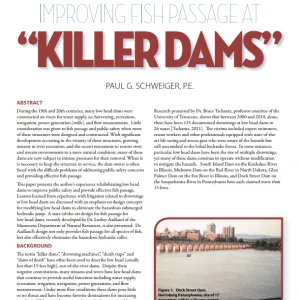
Saving Lives While Improving Fish Passage At "Killer Dams"
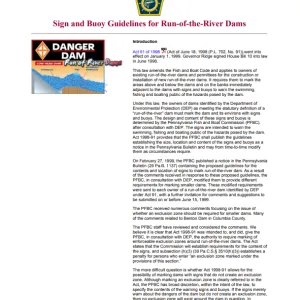
Sign and Buoy Guidelines for Run-of-the-River Dams
